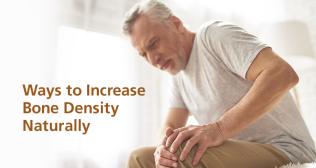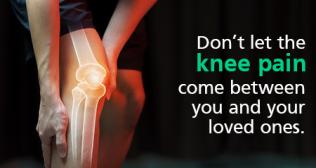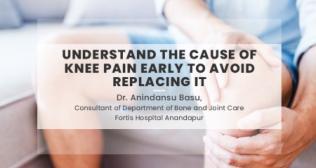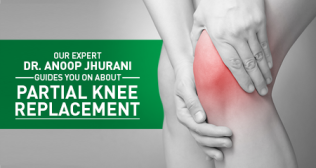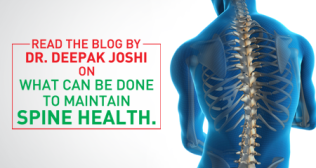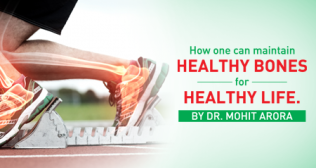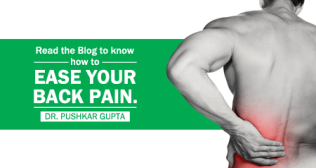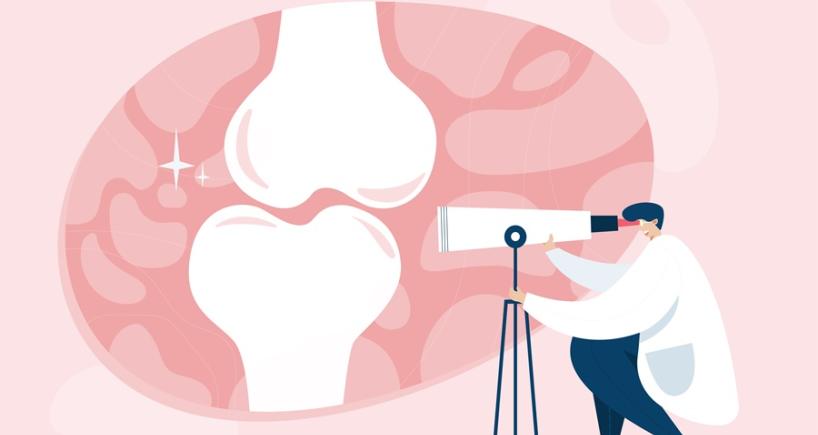
Hip Fractures in The Elderly Population Explained by Dr. Sandeep Gupta
Introduction
Hip fractures are becoming a significant health concern among the elderly, posing severe risks to
their mobility, independence, and overall quality of life. As the population ages, the incidence of
these injuries is on the rise, necessitating greater attention from both healthcare providers and
policymakers.
The Scope of the Problem
According to the Center for Disease Control and Prevention (CDC), more than 300,000
Americans aged 65 and older are hospitalized each year for hip fractures.these numbers would be
atleast 5 times in India and This number is expected to grow as the baby boomer generation
continues to age. Women are particularly vulnerable, accounting for approximately 75% of hip
fracture cases, primarily due to osteoporosis—a condition that weakens bones and makes them
more susceptible to breaking.
Causes and Risk Factors
Several factors contribute to the high incidence of hip fractures in the elderly:
1. Osteoporosis: This bone-weakening disease is a major contributor, especially among
postmenopausal women.
2. Falls: Many elderly individuals suffer from balance issues, poor vision, and muscle
weakness, increasing their risk of falls.
3. Medications: Certain medications can affect balance and bone density.
4. Home Hazards: Cluttered living spaces and inadequate lighting can lead to tripping and
falling.
Consequences of Hip Fractures
A hip fracture can have devastating effects on an elderly person’s life. The recovery process is
often long and arduous, involving surgery, rehabilitation, and significant lifestyle changes. Many
elderly patients never regain their pre-fracture level of independence. Furthermore, complications
such as infections, blood clots, and pneumonia can arise during recovery, sometimes leading to
fatal outcomes. Studies indicate that up to 30% of elderly patients with hip fractures die within a
year of the injury.
Surgical Treatment
Surgical intervention is typically necessary for hip fractures, with the type of surgery depending on
the specific nature and location of the fracture.Best results require a dedicated hip surgery
team.The primary goals of surgery are to alleviate pain, enable early mobilization, and restore
function. Here are the main surgical options:
1. Internal Fixation: This method involves the use of metal screws, rods, or plates to hold the
broken bones in place. It is often used for fractures where the bone fragments are still properly
aligned.
2. Hemiarthroplasty: In this procedure, the damaged part of the hip joint is replaced with a
prosthetic implant. This is commonly performed when the fracture occurs in the femoral neck and
the blood supply to the bone is compromised.
3. Total Hip Replacement: Also known as total hip arthroplasty, this procedure involves
replacing both the acetabulum (hip socket) and the femoral head (the top of the thigh bone) with
artificial components. This is typically recommended for patients with pre-existing arthritis or
when the hip joint is significantly damaged.
Recovery and Rehabilitation:
Post-surgery, a comprehensive rehabilitation plan is essential to ensure the best possible
recovery. This typically includes:
1. Physical Therapy: Tailored exercises to restore strength, flexibility, and balance, helping the
patient regain mobility and independence.
2. Pain Management: Effective pain control methods, including medications and possibly
alternative therapies, to aid in recovery.
3. Nutritional Support: Proper nutrition to promote bone healing and overall health.
4. Psychological Support: Addressing the emotional and psychological impact of the injury and
surgery, which is crucial for a holistic recovery.
Prevention and Management
Preventing hip fractures involves a multi-faceted approach:
1. Bone Health: Ensuring adequate calcium and vitamin D intake, alongside medications for
osteoporosis, can help strengthen bones.
2. Exercise: Regular weight-bearing and muscle-strengthening exercises improve balance and
bone strength.
3. Home Safety: Modifying living environments to reduce fall hazards, such as installing grab
bars and improving lighting, is crucial.
4. Vision Care: Regular eye exams and the use of appropriate eyewear can prevent falls.
The Role of Society
Addressing the issue of hip fractures in the elderly requires a collective effort. Families, caregivers,
and healthcare professionals must work together to create safe environments and promote
healthy lifestyles for older adults. Additionally, public health initiatives should focus on raising
awareness and providing resources for osteoporosis screening and fall prevention.
In conclusion, hip fractures in the elderly are a critical public health issue that demands attention.
By understanding the risk factors and implementing preventive measures, we can significantly
reduce the incidence and impact of these debilitating injuries. As our population ages, prioritizing
the health and safety of our elderly will be essential in ensuring their well-being and quality of life.
References
- Centers for Disease Control and Prevention (CDC)
- National Osteoporosis Foundation
- American Academy of Orthopaedic Surgeons
Dr Sandeep Gupta | Fortis Mohali
Popular Searches :
Hospitals: Cancer Hospital in Delhi | Best Heart Hospital in Delhi | Hospital in Amritsar | Hospital in Ludhiana | Hospitals in Mohali | Hospital in Faridabad | Hospitals in Gurgaon | Best Hospital in Jaipur | Hospitals in Greater Noida | Hospitals in Noida | Best Kidney Hospital in Kolkata | Best Hospital in Kolkata | Hospitals in Rajajinagar Bangalore | Hospitals in Richmond Road Bangalore | Hospitals in Nagarbhavi Bangalore | Hospital in Kalyan West | Hospitals in Mulund | Best Hospital in India | | Cardiology Hospital in India | Best Cancer Hospital in India | Best Cardiology Hospital in India | Best Oncology Hospital In India | Best Cancer Hospital in Delhi | Best Liver Transplant Hospital in India
Doctors: Dr. Rana Patir | Dr. Rajesh Benny | Dr. Rahul Bhargava | Dr. Jayant Arora | Dr. Anoop Misra | Dr. Manu Tiwari | Dr. Praveer Agarwal | Dr. Arup Ratan Dutta | Dr. Meenakshi Ahuja | Dr. Anoop Jhurani | Dr. Shivaji Basu | Dr. Subhash Jangid | Dr. Atul Mathur | Dr. Gurinder Bedi | Dr. Monika Wadhawan | Dr. Debasis Datta | Dr. Shrinivas Narayan | Dr. Praveen Gupta | Dr. Nitin Jha | Dr. Raghu Nagaraj | Dr. Ashok Seth | Dr. Sandeep Vaishya | Dr. Atul Mishra | Dr. Z S Meharwal | Dr. Ajay Bhalla | Dr. Atul Kumar Mittal | Dr. Arvind Kumar Khurana | Dr. Narayan Hulse | Dr. Samir Parikh | Dr. Amit Javed | Dr. Narayan Banerjee | Dr. Bimlesh Dhar Pandey | Dr. Arghya Chattopadhyay | Dr. G.R. Vijay Kumar | Dr Ashok Gupta | Dr. Gourdas Choudhuri | Dr. Sushrut Singh | Dr. N.C. Krishnamani | Dr. Atampreet Singh | Dr. Vivek Jawali | Dr. Sanjeev Gulati | Dr. Amite Pankaj Aggarwal | Dr. Ajay Kaul | Dr. Sunita Varma | Dr. Manoj Kumar Goel | Dr. R Muralidharan | Dr. Sushmita Roychowdhury | Dr. T.S. MAHANT | Dr. UDIPTA RAY | Dr. Aparna Jaswal | Dr. Ravul Jindal | Dr. Savyasachi Saxena | Dr. Ajay Kumar Kriplani | Dr. Nitesh Rohatgi | Dr. Anupam Jindal |
Specialties: Heart Lung Transplant | Orthopedic | Cardiology Interventional | Obstetrics & Gynaecology | Onco Radiation | Neurosurgery | Interventional Cardiology | Gastroenterologist in Jaipur | Neuro Physician | Gynecologist in Kolkata | Best Neurologist in India | Liver Transfer |
Categories
Clear allMeet the doctor

- Orthopaedics | Orthopaedics
-
19 Years
-
1050







